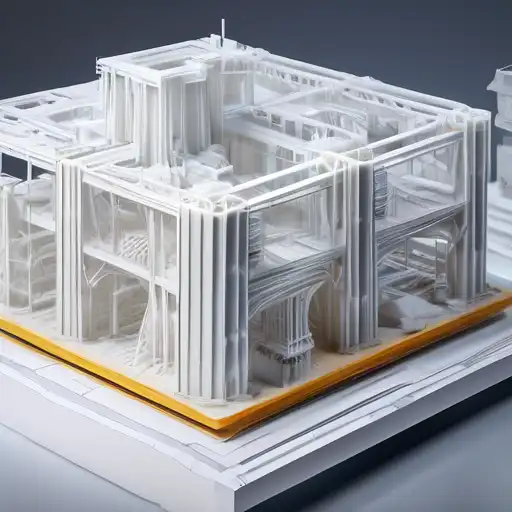Introduction to 3D Printing in Construction
The construction industry is on the brink of a revolution, thanks to the advent of 3D printing technology. This innovative approach to building structures promises to reduce costs, save time, and minimize environmental impact. In this article, we explore how 3D printing is shaping the future of construction.
The Benefits of 3D Printing in Construction
3D printing, or additive manufacturing, offers numerous advantages over traditional construction methods. These include:
- Cost Efficiency: By reducing material waste and labor costs, 3D printing can significantly lower the overall expense of construction projects.
- Speed: Structures can be printed in a fraction of the time it takes to build them using conventional methods.
- Sustainability: 3D printing minimizes waste and can use recycled materials, making it a greener alternative.
- Design Flexibility: This technology allows for complex designs that would be difficult or impossible to achieve with traditional construction techniques.
Current Applications of 3D Printing in Construction
Around the world, 3D printing is being used to create everything from small residential homes to large commercial buildings. Some notable examples include:
- The first 3D-printed house in the Netherlands, which was fully habitable and met all building codes.
- A 3D-printed office building in Dubai, which was constructed in just 17 days.
- Emergency housing projects that utilize 3D printing to quickly provide shelter in disaster-stricken areas.
Challenges and Future Prospects
Despite its potential, 3D printing in construction faces several challenges, including regulatory hurdles, the need for skilled operators, and the current limitations in printing size and speed. However, as technology advances, these obstacles are expected to diminish, paving the way for wider adoption.
The future of 3D printing in construction is bright, with research focused on developing new materials, improving printing speeds, and expanding the scale of printable structures. This could lead to a paradigm shift in how we think about building design and construction.
Conclusion
3D printing in construction represents a significant leap forward in building technology. With its ability to reduce costs, save time, and promote sustainability, it's no wonder that this innovative approach is gaining traction. As the technology continues to evolve, we can expect to see even more remarkable achievements in the field of construction.
For more insights into the latest construction technologies, check out our articles on sustainable building materials and the future of urban development.
